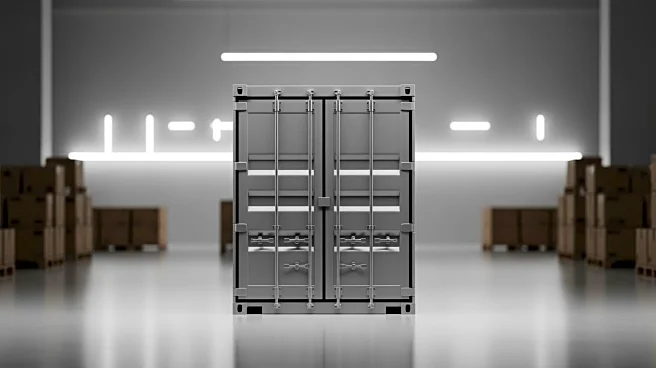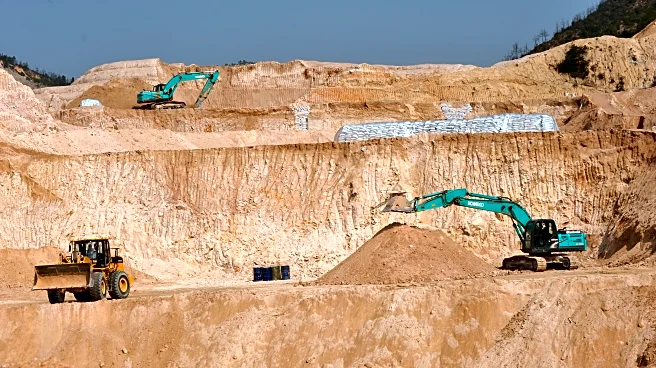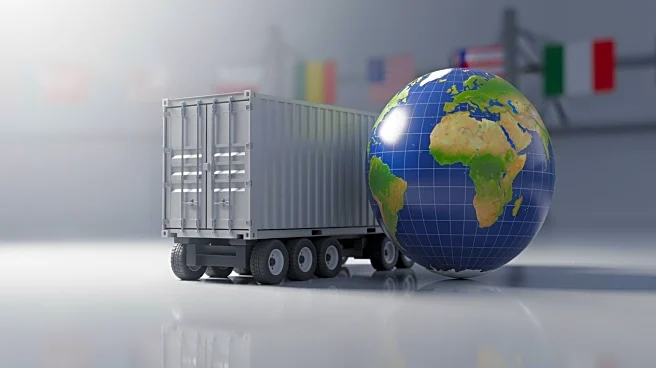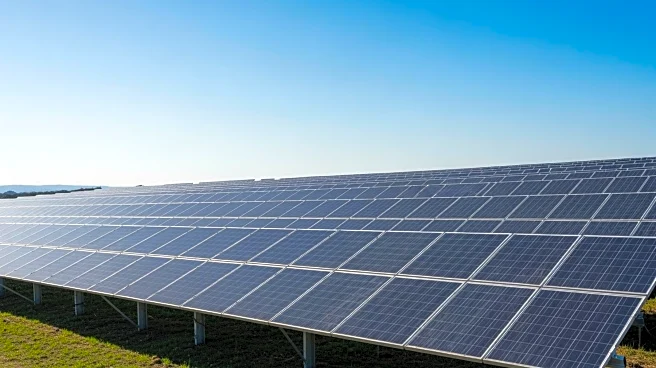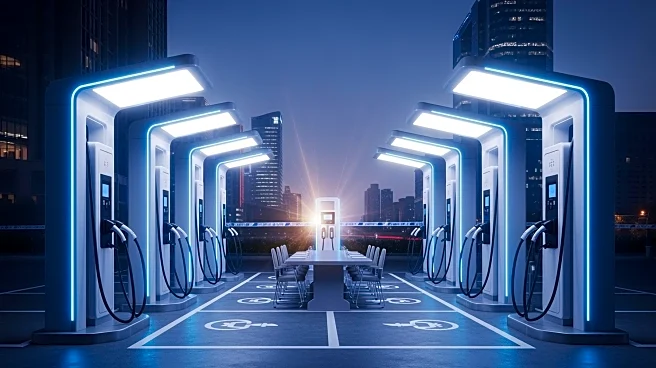What's Happening?
Transportation is a critical component of the supply chain, facilitating the movement of goods from one location to another. The term 'transportation' is more commonly used in the U.S., while 'transport'
is preferred in Europe and Australia. Various methods such as road, rail, air, sea, and pipeline are employed depending on the nature of the goods and the geographical context. Rail transportation, for instance, is favored for its ability to reduce congestion and pollution compared to road transport. The concept of 'nodes' in logistics refers to fixed locations within the supply chain, such as manufacturing facilities and distribution centers, which are essential for the efficient movement of goods.
Why It's Important?
Efficient transportation is vital for maintaining a seamless supply chain, which directly impacts business operations and customer satisfaction. By optimizing transportation methods, companies can reduce costs, improve delivery times, and enhance overall supply chain visibility. This is particularly important in the U.S., where logistics planning must account for diverse geographical and infrastructural challenges. The choice of transportation method can also have environmental implications, with rail and intermodal transport offering more sustainable options compared to traditional road transport.
What's Next?
Companies are increasingly looking to optimize their transportation strategies to address challenges such as rising fuel costs and environmental concerns. This may involve investing in more sustainable transportation methods or enhancing logistics processes through technology. As consumer demand for faster delivery grows, businesses may also explore innovative solutions like express delivery services and intermodal transport to meet these expectations.
Beyond the Headlines
The transportation sector is undergoing significant changes with the rise of e-commerce and multi-channel distribution, leading to increased focus on 'last mile' delivery. This involves transporting goods from the final node of the supply chain to the consumer's doorstep, a process that is becoming more complex and critical in logistics planning. Companies are also exploring ways to improve fleet efficiency and reduce freight costs, which are essential for maintaining competitiveness in the market.
